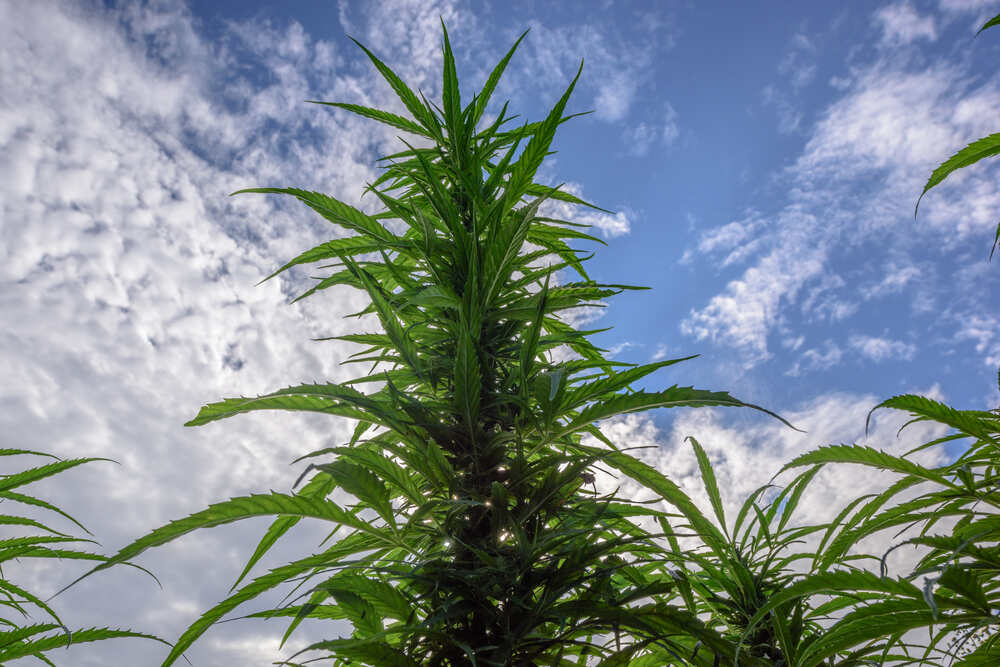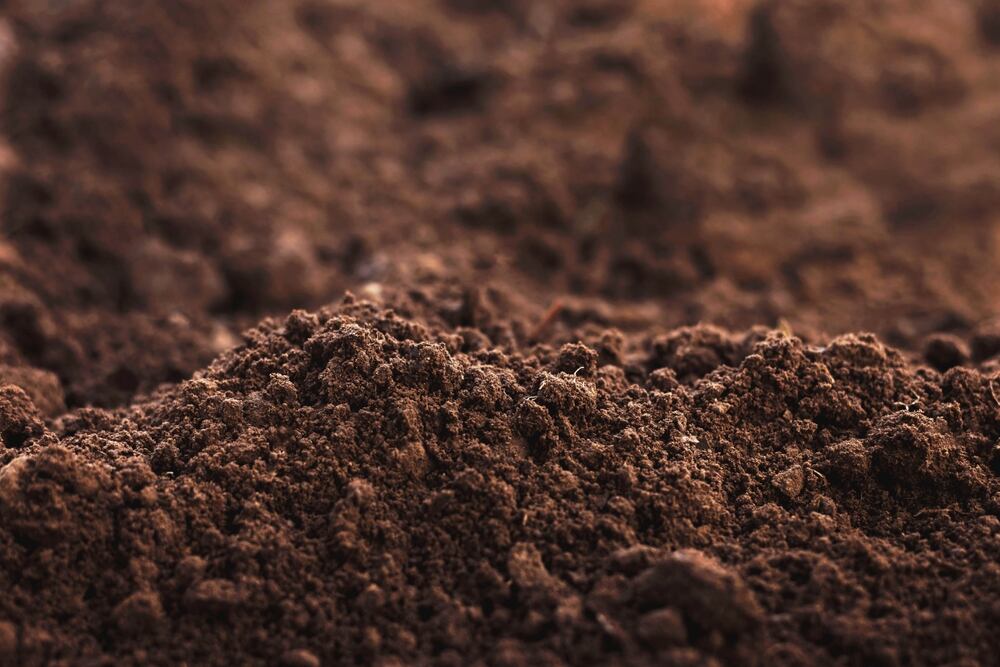The Best Fluffy Pancakes recipe you will fall in love with. Full of tips and tricks to help you make the best pancakes.

How to Grow Cannabis Outdoors
Growing cannabis outdoors is one of the most rewarding ways to cultivate this versatile plant. Whether you’re a beginner or seasoned grower, outdoor growing offers robust plants and high yields. Let’s get into everything you need to know, from choosing the right seeds to harvesting and curing those perfectly ripened buds.
Choosing the Right Cannabis Strain
Autoflowering vs. photoperiod strains
One of the first decisions you’ll face is choosing between autoflowering and photoperiod strains. Autoflowers are perfect for beginners because they grow on their own schedule, without needing specific light cycles. They’re typically ready to harvest in around 10-12 weeks from seeds. Photoperiod strains rely on changes in daylight to trigger flowering, so you’ll need to time their growth with the seasons for best results.
Strains suited for different climates
When it comes to outdoor growing, your local climate is key. In hot, dry regions like Southern California, strains like Blue Dream or Sour Diesel thrive in the heat. Cooler, more humid climates favor hardy strains like Northern Lights or Durban Poison, which are known for their resistance to mold and pests. Ask local growers for their advice—locally adapted strains are often the best option.

Preparing the Growing Site
Selecting the ideal location (sunlight, drainage, and protection)
Choosing the right place for your outdoor plants can make or break your grow. Look for a location that gets at least six hours of direct sunlight and has well-draining soil. Water retention should be balanced—too much or too little can affect growth. It’s also important to protect your weed from pests by keeping it away from areas with standing water.
Soil quality and amendments (organic vs. store-bought options)
Good soil is a game changer. If the native soil in your garden is lacking, you can improve it by adding organic compost or potting soil. You can also use store-bought mixes if they meet the right pH and nutrient balance for cannabis. For outdoor growers, it’s ideal to amend your soil with organic matter to provide long-lasting nutrients throughout the growth cycle.
Using containers vs. planting directly in the ground
Deciding between containers or directly in the ground comes down to preference and space. Containers allow you to move your plants around, making them great for smaller spaces or if you need to protect them from weather changes. Direct soil planting lets your weed develop larger root systems, which usually means bigger plants and higher yields.
Soil Preparation and Nutrients
Understanding different soil types (silty, clay, sandy, etc.)
Your soil type—whether it’s silty, sandy, or clay-based—will affect your cannabis plant’s growth. Loamy soil is generally the best option because it holds nutrients and drains well. If your garden has compact clay or nutrient-poor sandy soil, amend it before planting to give your plants the best shot at success.

Balancing pH levels for cannabis growth
Cannabis prefers a slightly acidic pH level between 6.0 and 7.0. Keeping an eye on your soil’s pH will help your plants absorb nutrients effectively. If the pH gets too high or low, you’ll need to correct it with amendments like lime (to raise pH) or sulfur (to lower it).
Organic compost and fertilizers for nutrient-rich soil
Organic compost, worm castings, and bat guano are some great choices for feeding your plants. Not only do they provide a slow, steady release of nutrients, but they’re also friendly to the environment. You can even brew up some compost tea to water your plants for an extra nutrient boost.
Planting Your Cannabis
Germinating seeds vs. using clones
You can start your cannabis plants from seeds or clones. I personally like starting from seeds because they grow stronger taproots, which help the plant thrive outdoors. Clones, though, are perfect for growers who want to replicate a specific strain’s genetics exactly.
Plant spacing and timing for optimal growth
Give your plants space! Outdoor cannabis can get pretty large, so leave about 2-3 feet between each plant. Timing your planting is also crucial—plant your seeds after the last frost in spring to give them plenty of time to grow before harvest.
Watering and Irrigation
Watering needs based on plant size and climate
The amount of water your plants need will change as they grow and based on the climate. Larger plants need more water, especially in hot, dry conditions. In cooler weather, you’ll need less frequent watering. The key is to make sure your soil stays moist without becoming waterlogged.
Avoiding overwatering and maintaining good drainage
Overwatering is one of the biggest mistakes beginners make. Make sure your soil has good drainage, and let the top inch dry out before watering again. Too much water can lead to root rot and stunt your plant’s growth.
Water retention techniques in dry climates
If you live in a particularly dry region, help your soil retain water by using mulch around the base of your plants or adding polymer crystals to your soil mix to store moisture.
Managing Pests and Diseases
Natural pest control methods (ladybugs, neem oil, etc.)
When growing cannabis outdoors, you’re bound to run into pests at some point. But don’t worry—there are plenty of natural solutions. Ladybugs, neem oil, and insecticidal soaps are excellent ways to manage pests without harming your plants.
Common cannabis diseases and how to prevent them
Mold, mildew, and other diseases can wreck your crop if you’re not careful. To prevent these issues, make sure your plants have good airflow, especially in humid climates. Check your plants regularly and remove any dead or diseased foliage.
Harvesting and Curing
How to check trichomes for harvest readiness
When it’s time to harvest, use a magnifying glass to check the trichomes (the frosty crystals on your buds). When they’ve turned from clear to milky white, your buds are at their peak.
Proper drying and curing techniques for the best flavor and potency
After harvesting, you’ll want to dry your weed in a cool, dark place with plenty of airflow. Once it’s dry, cure your buds in jars for 2-4 weeks to enhance their flavor and potency. This curing process is key for smooth, tasty smoke.
FAQ
How much sunlight do cannabis plants need outdoors?
Cannabis plants need at least 6 hours of direct sunlight per day to grow strong and healthy. More sunlight usually means better yields.
What is the best time of year to start growing cannabis outdoors?
Start planting after the last frost of spring. In warmer climates, this can be as early as March or April, while cooler areas might have to wait until May or June.
Can I grow cannabis outdoors in colder climates?
Yes, but choose cold-resistant strains, plant later in spring, and consider season extenders like greenhouses to protect from frost.
What organic fertilizers are best for outdoor cannabis?
Compost, fish meal, worm castings, and bat guano are all excellent organic fertilizers that promote healthy cannabis growth.
How can I protect my cannabis plants from wildlife?
Use chicken wire or fencing to protect plants from deer and rabbits. Strong-smelling herbs like rosemary can also help deter animals.
Growing cannabis outdoors is a fun and rewarding process. With the right guide, you’ll learn to cultivate healthy plants and enjoy a great harvest. Follow these tips and tricks, and you’ll be on your way to producing your own top-quality buds! Happy growing!




